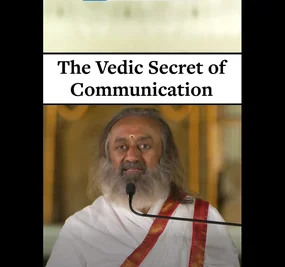Onam marks King Mahabali’s visit to his people. This 10-day festival is a joyous time for all Malayalees, who welcome their king on this day.
Onam is also known as a harvest festival. Aesthetically laid out flower designs in front of the house with a variety of colourful flowers (pookalam) evoke a sense of plentitude and prosperity, which Onam represents. Not to speak of women adorned with gold ornaments and new clothes. Every bit of the Onam celebration is a nostalgic reminder of the bygone glory of the past. The sumptuous sadya (an elaborate feast)is followed by kaikottikali ( a graceful dance), Tumbi tullal and other folk performances like kummatikali and Puli Kali.
Onam commemorates the homecoming of the great asura King Maha Bali from Patala Loka.

Maha Bali, the grandson of Prahalada, was a strong and learned king who respected knowledge. Once, Maha Bali was performing a yagna, when a short, young, radiant boy entered the yagna shala. Maha Bali, as was the custom, welcomed this radiant youngster and asked him what he wanted. The young boy requested for that much space, as could be measured by three footsteps of his.
Maha Bali agreed at once to the chagrin of his Guru Shukracharya who cautioned him that the guest was none other than Lord Vishnu Himself.
As the legend goes, no sooner were the three footsteps granted, the young Vamana assumed a gigantic form known as Trivikrama and with the first step of his foot, measured the whole earth. Then with the second step of his foot, he measured the whole sky. These two steps covered the whole of Mahabali’s kingdom, the earth and the sky. Vamana then asked the king as to where he should place his third step.
King Maha Bali the grandson of the greatest of the Lord’s devotees, Prahlada joyfully offered his head for the third step in utter devotion and surrender.
The Lord recognizing his attitude of surrender blessed him and sent him to Pathala with a promise of making him Indra in the next Manvanthara and that He Himself would guard the gates of Pathala.
Acceding to the request of Maha Bali’s people, Vishnu granted Maha Bali permission to return to his kingdom from Pathala, once every year, to be in the midst of his people. This day is celebrated as the Onam festival.
A deeper meaning
This legend of the Vamana avatar is Puranic, i.e. an expression of a deeper truth, a moral lesson from historical or scientific incidents, veiled in a story. Maha Bali was a great asura king. He was arrogant because he owned all the expanse that he could see on land and was considered invincible.
Knowledge and humility help one transcend the ego which can grow as huge as this earth and sky. Just like Vamana, ego can be conquered in three simple steps.
Step 1: Measure the earth – Look around and be humbled by the sheer number of other living beings like you on this earth.
Step 2: Measure the skies – Look up into the sky and be humbled by the sheer vastness and the multitude of other worlds in the cosmos and how insignificantly small we are in this cosmos.
Step 3: Place your hand on your head – Realize that in the cycle of births and deaths not only of living beings but the cosmos itself, the time span of each of our lives is very small and the role we play in the larger picture of the order of the cosmos, is even smaller.
The significance of the Shravan month
Onam is the shortened form of Thiruvonam or Shravanam, since this festival occurs in the Shravan month under the Shravana star in the Indian calendar. Shravan is the month in the Indian calendar that typically falls between July-August in the North and between August-September in the South. This month is called Shravan since the full moon during this month occurs against the Shravana star.
The 3 footprints in the sky
The star Shravana is the set of stars known in western astronomy as Altair, the bright star in the Aquila constellation along with Beta and Gamma Aquilae that flank it on either side.
These three stars are pictured as the three footprints of Vamana in his gigantic Trivikrama form. One may wonder what does the legend of Maha Bali and Vamana, have to do with the name Shravana for this star? The word Shravana means to listen, to pay heed to. The three stars which depict the outcome of Maha Bali’s disobedience stand as a constant reminder in the sky to caution people to listen and pay heed to good counsel.




















